In this article, dear Alex, Justice and Frieda's dog mom, tells you what experiences they have had with the topic of impulse control in their everyday lives - and what tips they can give you.
About the dog-human team: The city dogs, that's us!
Justice, the princess on the cloud, or rather the “little cloud” as we like to call her, because she trots through life as light-footed as a cloud. Her biggest fear is strange dogs, which she cannot assess. This is also our big training topic - dog encounters.
Frieda , our shy, black “tulip”, came to us 1.5 years ago as a small ball rolled up. She was (and still is a bit) a little scared dog, but is now well on her way to becoming a brave and self-confident dog.
While Justice chooses verbalizing as her tactic, Frieda often sees hiding as her management method. As different as both are, they balance each other out wonderfully.
In between I am - Alex, the human. I am an art director and graphic designer and have loved dogs for as long as I can remember. I always wanted to do everything right, but luckily I've learned one thing:
Mistakes are ok and if you learn from them you will achieve success.
If you would like to find out more about us, you are welcome to visit our blog Die Stadthunde .
What is impulse control?
Impulse control refers to the control of emotions and affective actions . Impulse control is part of self-control. Impulse control is therefore particularly important in everyday life when it comes to stressful situations and is essential for social interaction.

“Everything is impulse control”
For us, one of the most important sentences we heard in impulse control training.
As soon as dogs come into our lives, they have to adapt. This adaptation requires impulse control from the start. Some things are easier for our dogs, others are particularly difficult.
This is very individual for each dog . Here it is also important to work small steps and set priorities. What is particularly important to me? What does my dog definitely have to be able to do?
For us, for example, we didn't have to report every noise and every visitor in the office, and of course dog encounters - so we knew where to start and when the impulse control we had learned was most important to us.
Dogs always learn depending on the situation.
Our dogs absorb everything in their environment: smells, movements, sounds, both positive and negative. Have you set your priorities for yourself? Do you already know what you want to work on?
This is particularly important because what is often forgotten is:
Impulse control immediately worsens the ability to control impulses!
So you should think carefully about where and when you demand impulse control from your dog.
You can think of it like a battery . The battery is charged through rest and relaxation , and discharged again through impulse control and stress.
If the dog has slept well over the last few days and has been able to rest, then the battery is fully charged and we can draw on this energy.
On days like this we can practice impulse control or expect that the dog can manage it within its own appropriate framework.
My personal learnings on impulse control
I used to like to make my dogs wait and sit before eating as an impulse control exercise. I rarely do that now.
Personally, it is particularly important to me that Justice and Frieda master impulse control during dog encounters. That's why I make sure that I don't necessarily demand impulse control where we don't necessarily need it.
Neither of us is particularly excited before eating, so for us it's just a gimmick that we don't necessarily need.
But that can be exactly a training topic for you . Then of course that makes perfect sense.
Just look individually at what your topics are, what you need, where it seems particularly important and when it is not absolutely necessary. Because then you can always concentrate specifically on certain situations.
Your dog then also has the capacity and a framework in which he can learn impulse control.

Impulse control and calm go hand in hand
Without one, the other does not work and vice versa.
Did you know that an adult dog needs an average of 18-20 hours of rest per day? Anything less than 18 hours often results in the dog becoming even more restless and having difficulty concentrating. You should always keep this in mind when training.
Justice has always been a very nervous dog and never learned active calm until a few years ago.
Until our trainer Meli asked me that I should observe how long Justice rests and how long she actually sleeps. This is different for every dog - but with Justice you have to look very carefully. Although she lies down a lot, she often still observes a lot and is ready to get up at any time to be “there”.
She had to learn this, especially at work, so we built up and conditioned her to rest and relax. Ceiling training helped us a lot. There is also the article ' Ceiling training for calm: tips & instructions in 7 steps ' in the PAWSOME dog blog.
It was a lot of work at the beginning , including the fact that she accepted the box as a place to rest and learned that she doesn't always have to be ready. She can also lie in the office snoring and not miss anything.
But building up the conditioned relaxation definitely paid off, because once it worked, a lot of things went away by themselves. We had really big leaps in success in training, and that really unraveled a knot for us.
Conditioned relaxation as balance and support for impulse control
For all the “bubbly dogs” out there - relaxation can be learned and is a really great thing. Actually the best exercise you can do with your dog!
Build conditioned relaxation
There are many options for this. You often hear about conditioned relaxation, where certain stimuli ( scents, sounds or even (word, hand) signals ) are linked to a relaxed state. We built it with music and lavender oil as well as with word signals.
Setting it up with the music and the scented oil was super easy. We simply played the music quietly in the living room while we slept while running a diffuser with lavender oil. After about 4-5 weeks the whole thing was already well conditioned.
Whenever we did our little ritual, we noticed the dogs getting ready to go to sleep.
Alternatively, you can also use a small scented pillow or a cuddly toy with a lavender scent . You can also place this next to your dog during the rest period and thus condition relaxation.

The relaxation signal was a little more complicated, as we not only want to use it at home and at work, but also when it comes to stressful situations. When it comes to taking the pressure off and signaling to Frieda and Justice “Everything is ok, you can relax”.
The structure of the signal is similar. You use the signal, for example “Easy” or “It’s ok” (as long as it’s something that sounds calming), whenever your dog is relaxed. Repeat this again over a longer period of time (1-2 months) until it is well conditioned.
Only then can you use it in your everyday life.
VERY IMPORTANT: Always “charge” the signal positively. So don't only use it in stressful situations (we made that mistake the first time it was set up), otherwise the connection will change and you'll very quickly have a signal that means stress.
Always make sure to use it again in relaxed situations (when cuddling, etc.).
I don't want to write more about conditioned relaxation, because although it is part of impulse control, it is a completely separate topic that can be expanded on in great detail.
So - and how does my dog learn impulse control?
Dog encounters were a HUGE topic for us. So I want to use this example to explain how it worked for us.
The first step was to create a setting in which Justice and Frieda were still able to observe the strange dog and remain calm. Often very difficult in the city.
That's why the perfect setting for us was the dog school we're at. We can avoid this over a large area, we know that the dogs will keep their distance, and we simply have a protected and controlled environment in which we can practice well.

So we had the setting - now we humans just had to learn the timing.
Namely, to recognize when Justice and Frieda are STILL calm - to capture exactly that moment. A “ marker word” helped us a lot here because you can use it very precisely and it is followed by a reward that confirms the positive behavior.
Over time, the period of time in which Justice and Frieda showed the desired behavior became much longer - and we were also able to confirm much more.
Do I have to train every day?
It was always very important for us to train on a daily basis . So look as described before:
Do they even have the capacity to learn? Or are they already overloaded?
We still have days when things don't go so well, or simply situations that make it impossible to apply what we have learned. But that's okay too. These exercises make it so much easier for us.
Timing is key when practicing impulse control
The most important thing in impulse control is really to capture the seconds in which the dog shows what we want him to do - and to reward that.
If you build it up in small steps, you can then extend this time and ideally even combine it with an alternative behavior.
In our case, for example, the two of them turned around to look at us and, in the best case, even came to us when they saw a dog.
This allows us to move away from the strange dog together and establish new behavior instead of running and barking.
Mindfulness & reflection during training
If you pay attention to the things mentioned above with calm and balance, it is actually quite “simple”. Often you just need patience and a holistic view of the situation to achieve your goal.
Learning this was one of the most difficult tasks for me. But it's also important to take a breath, take a step back and take a few steps back in order to move forward.
Nobody is perfect because mistakes are human and important. We can learn from them in order to develop ourselves further .
Thanks to Eva & Bjarki for allowing us to be part of this cool project.

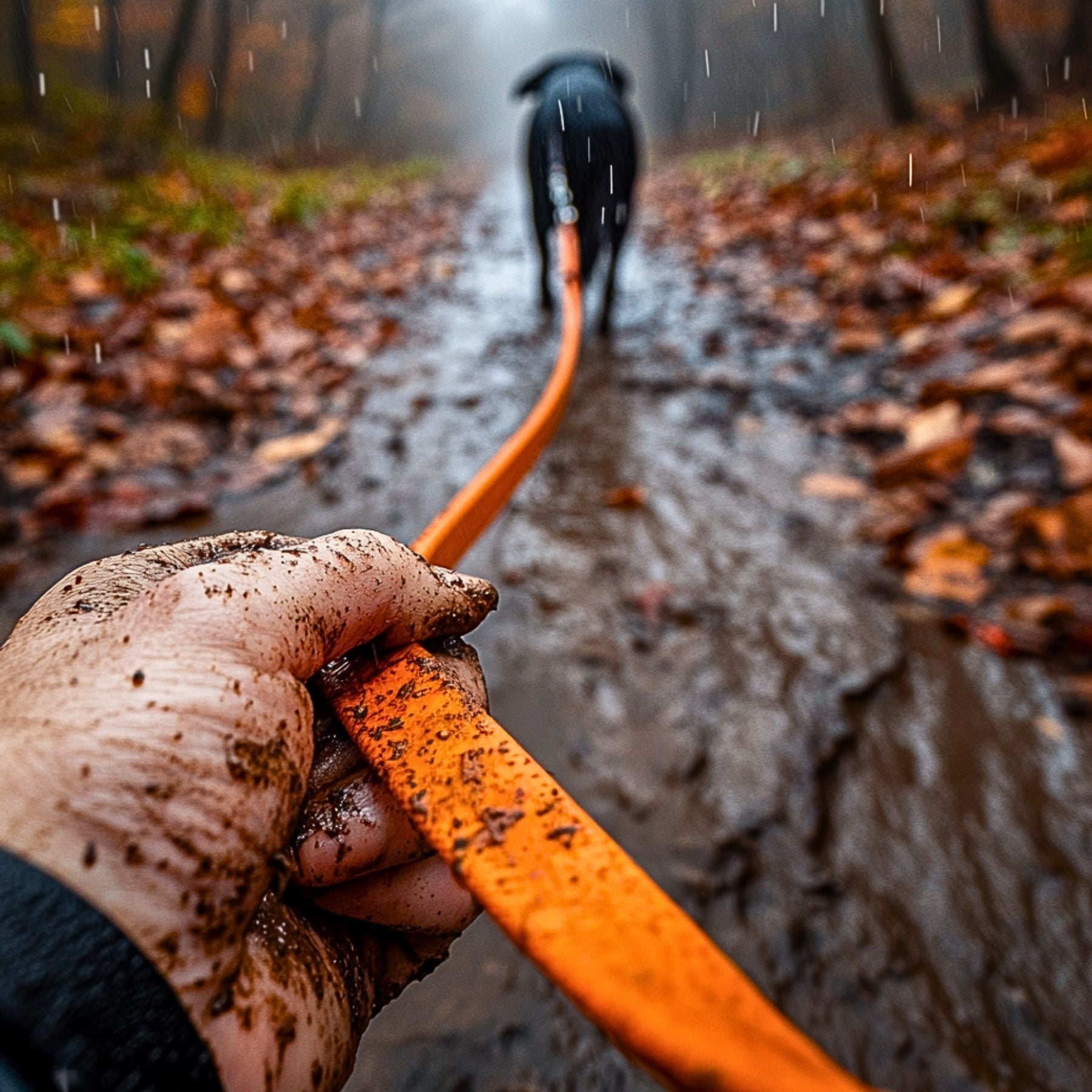
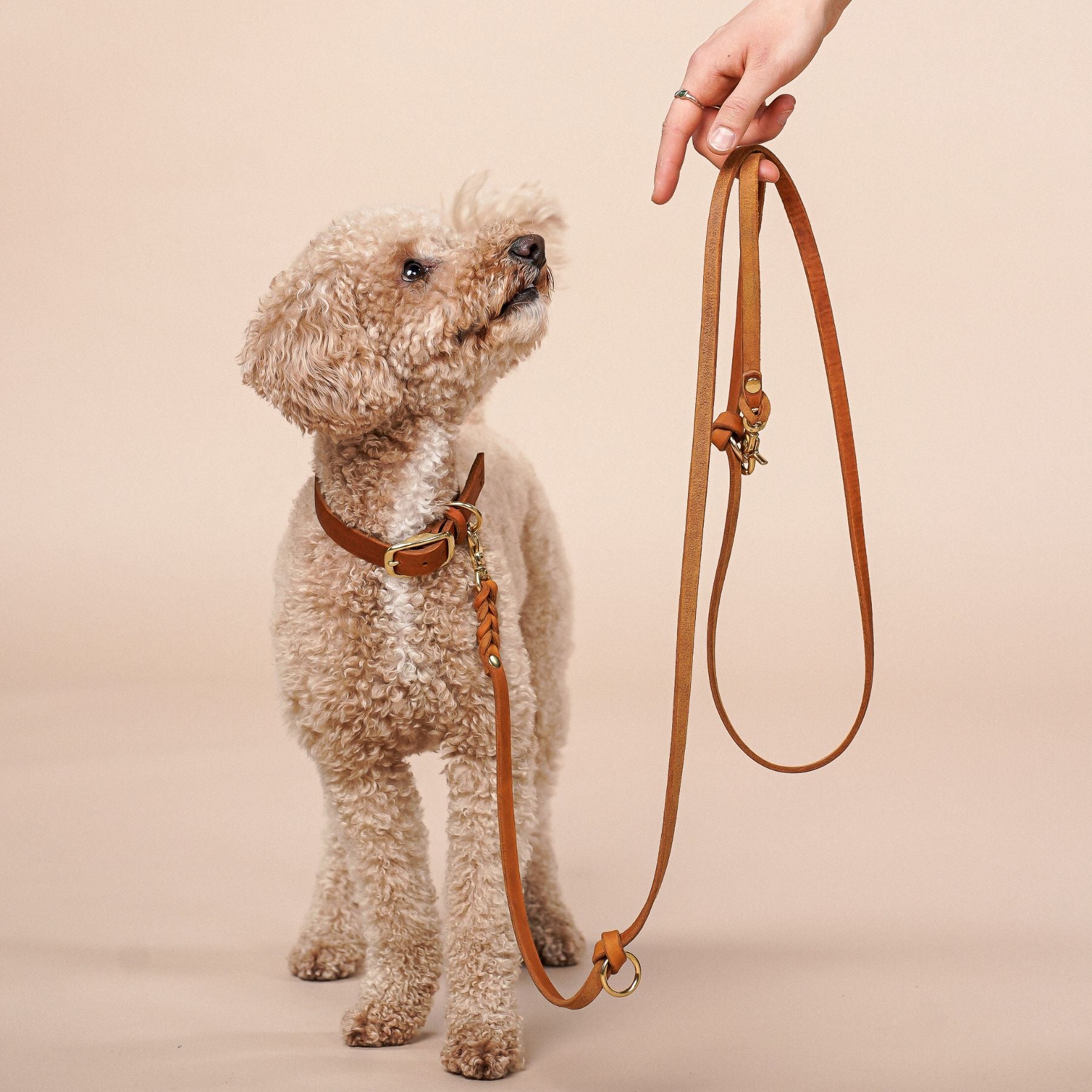
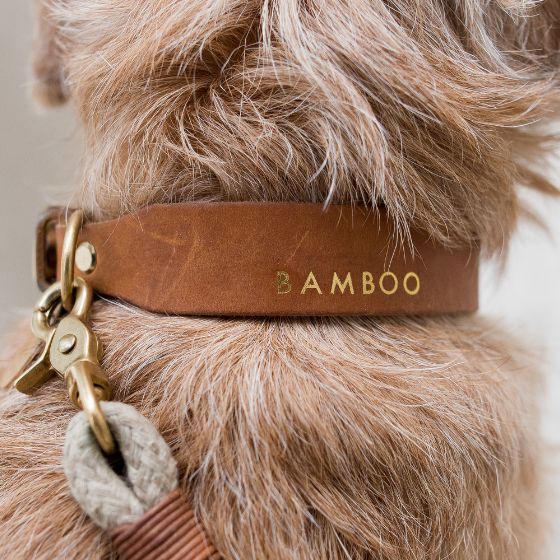

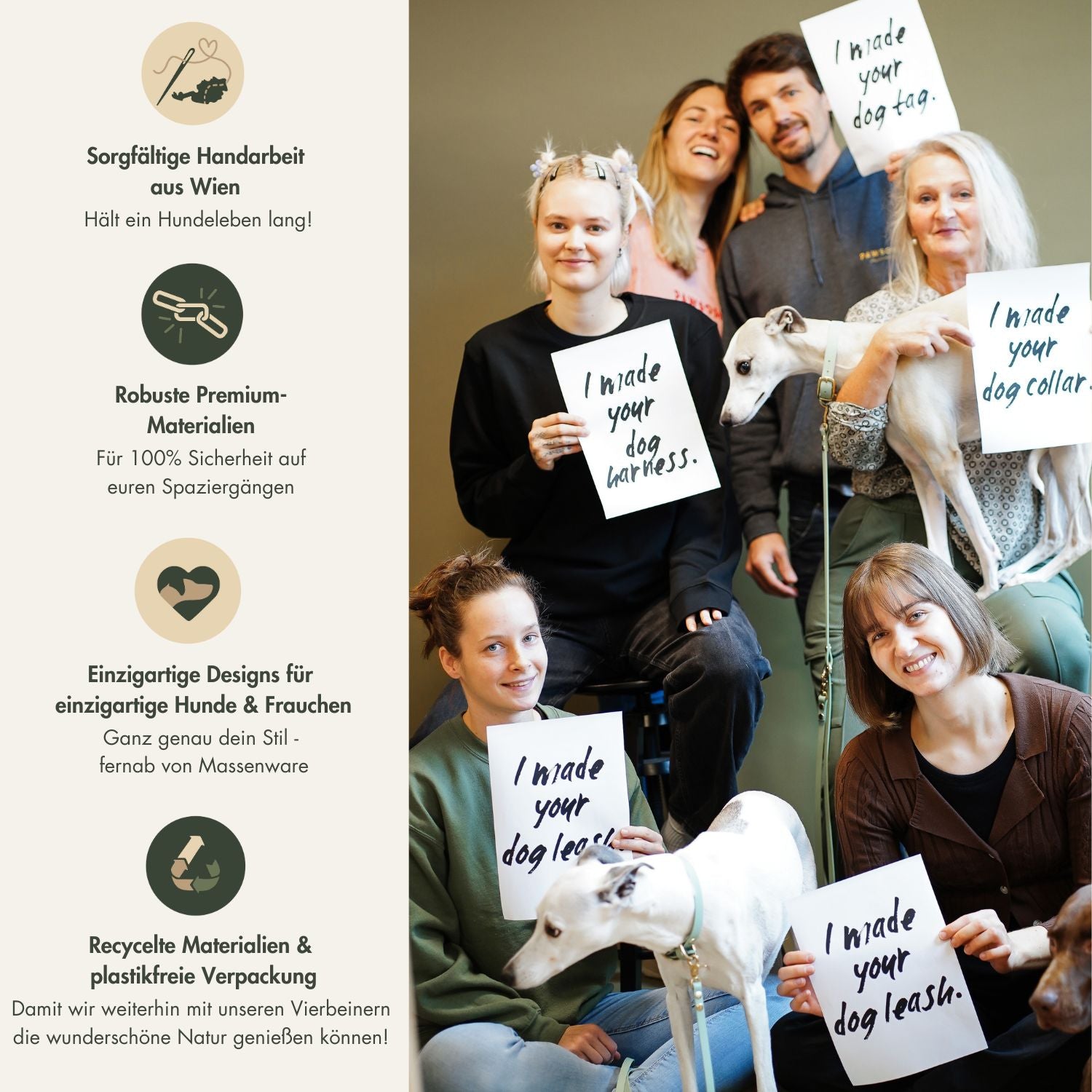
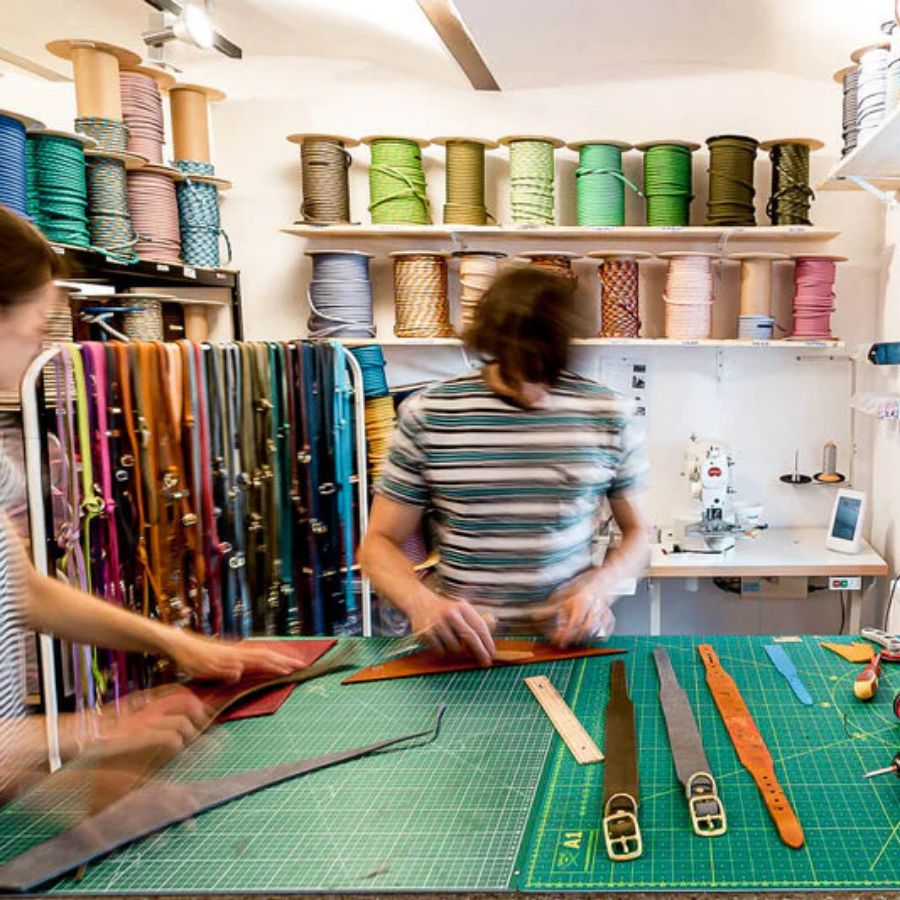
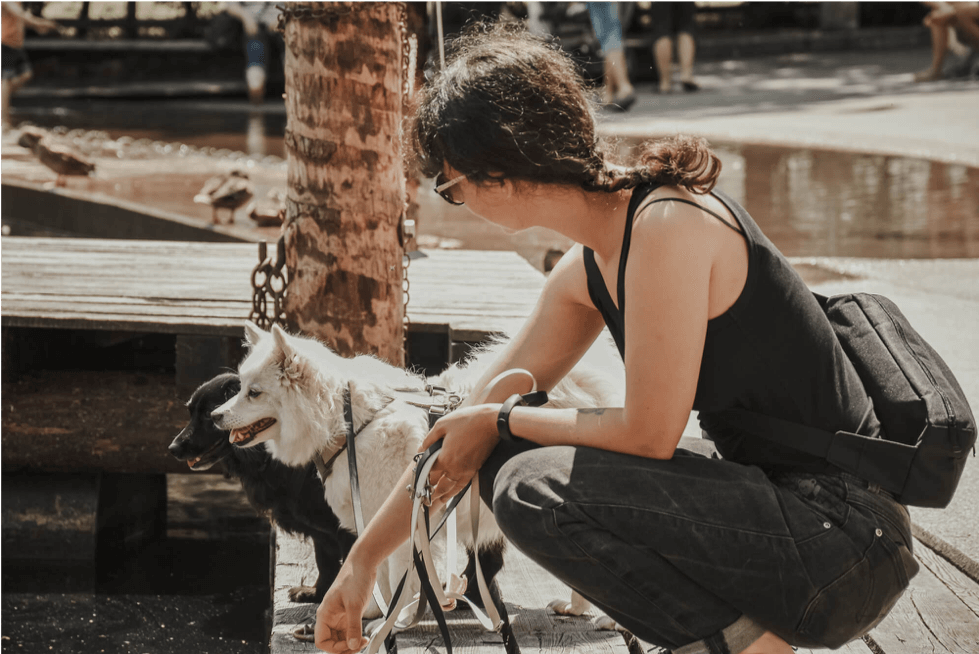
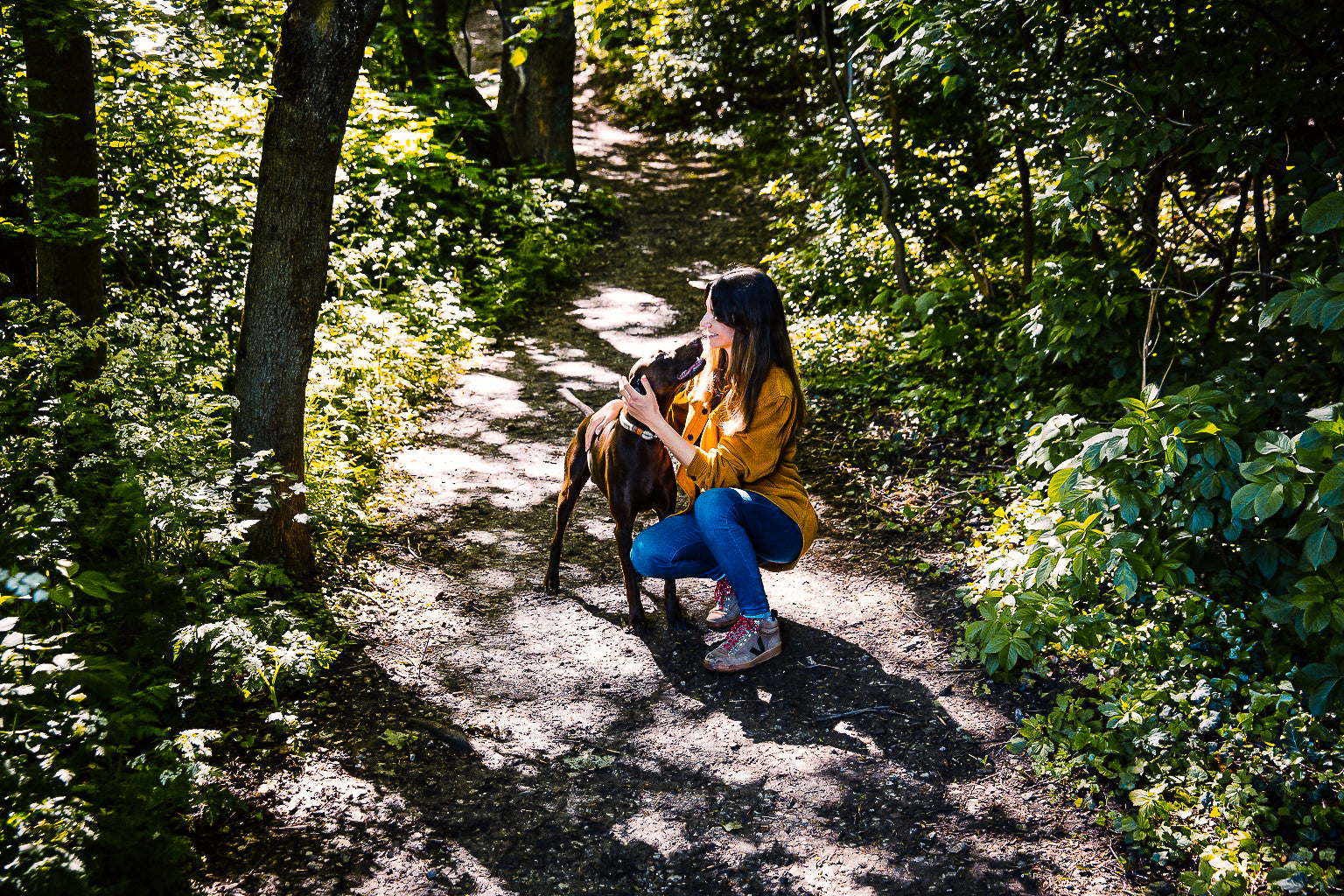
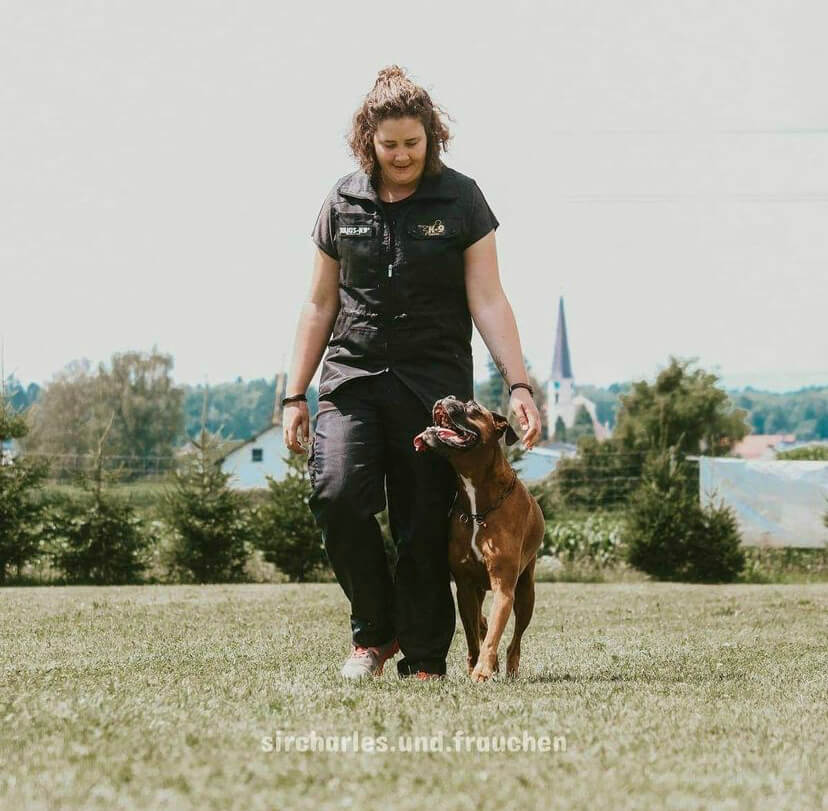
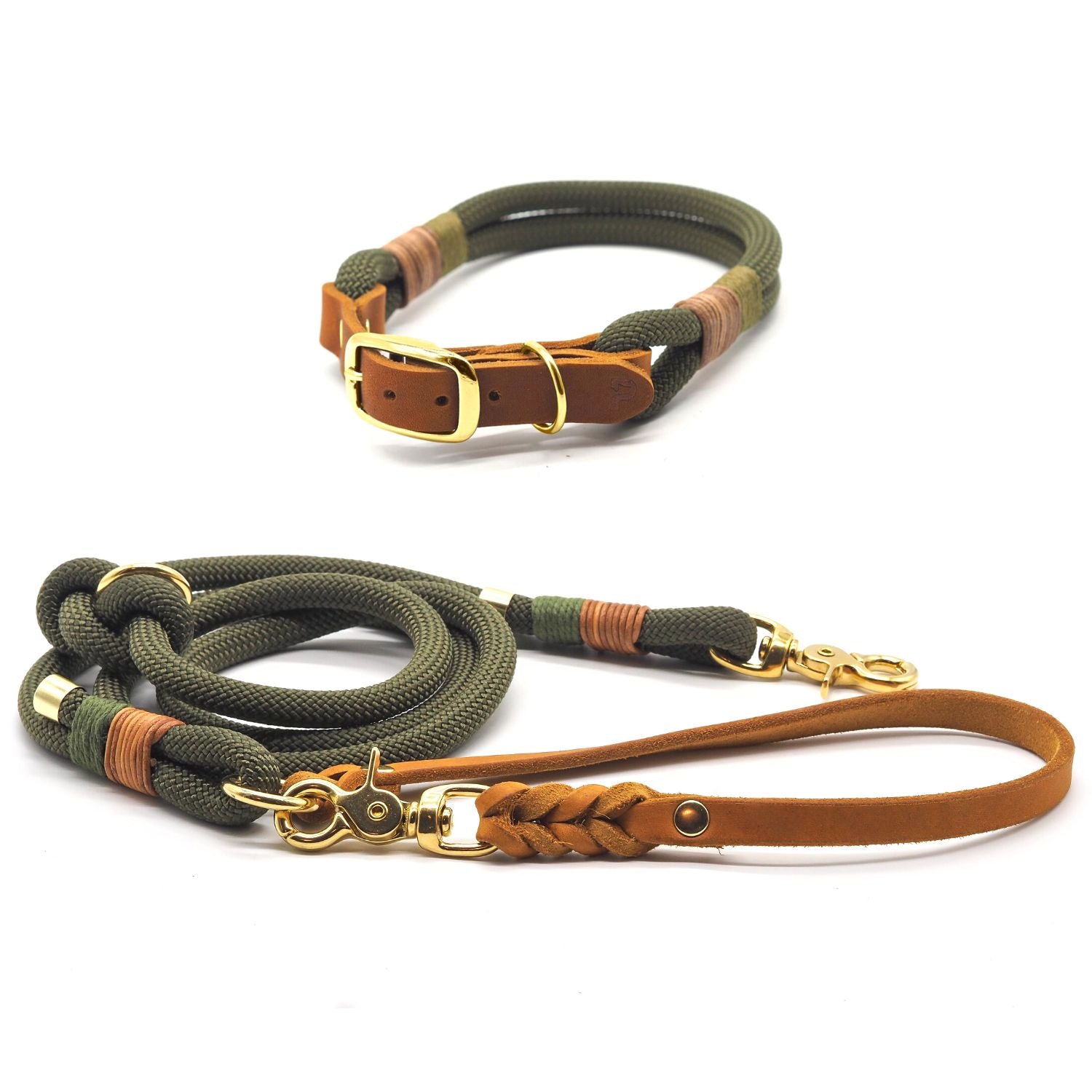

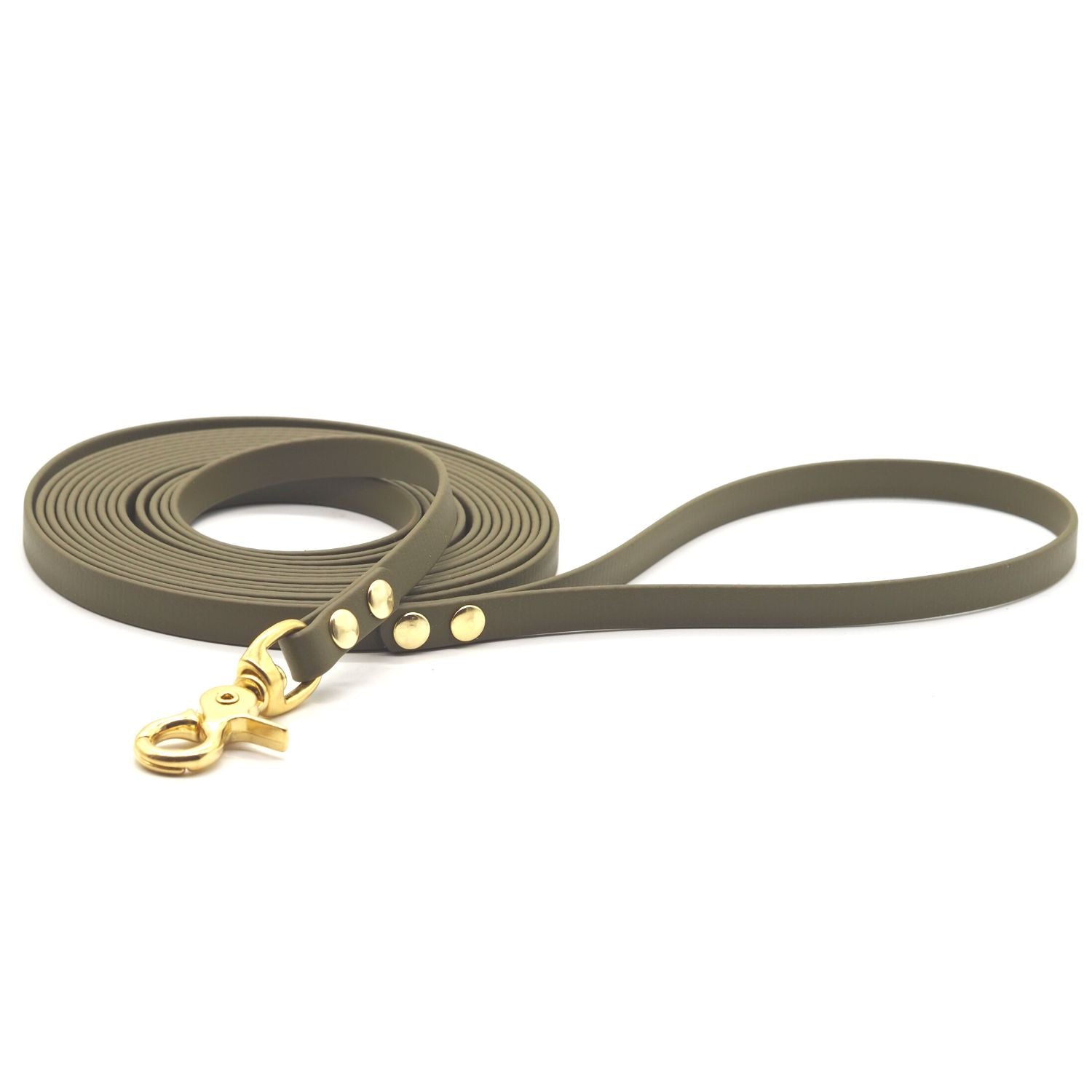

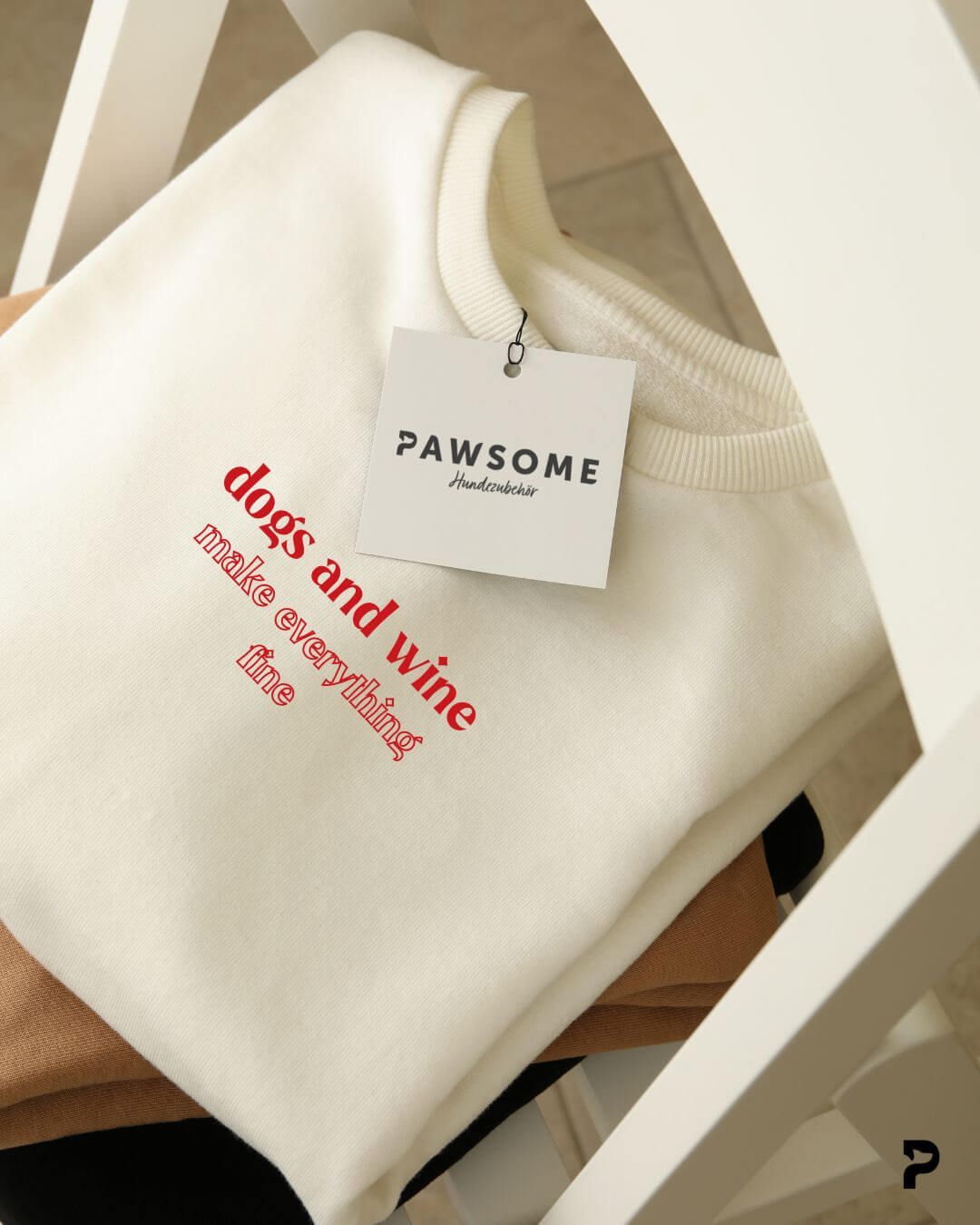
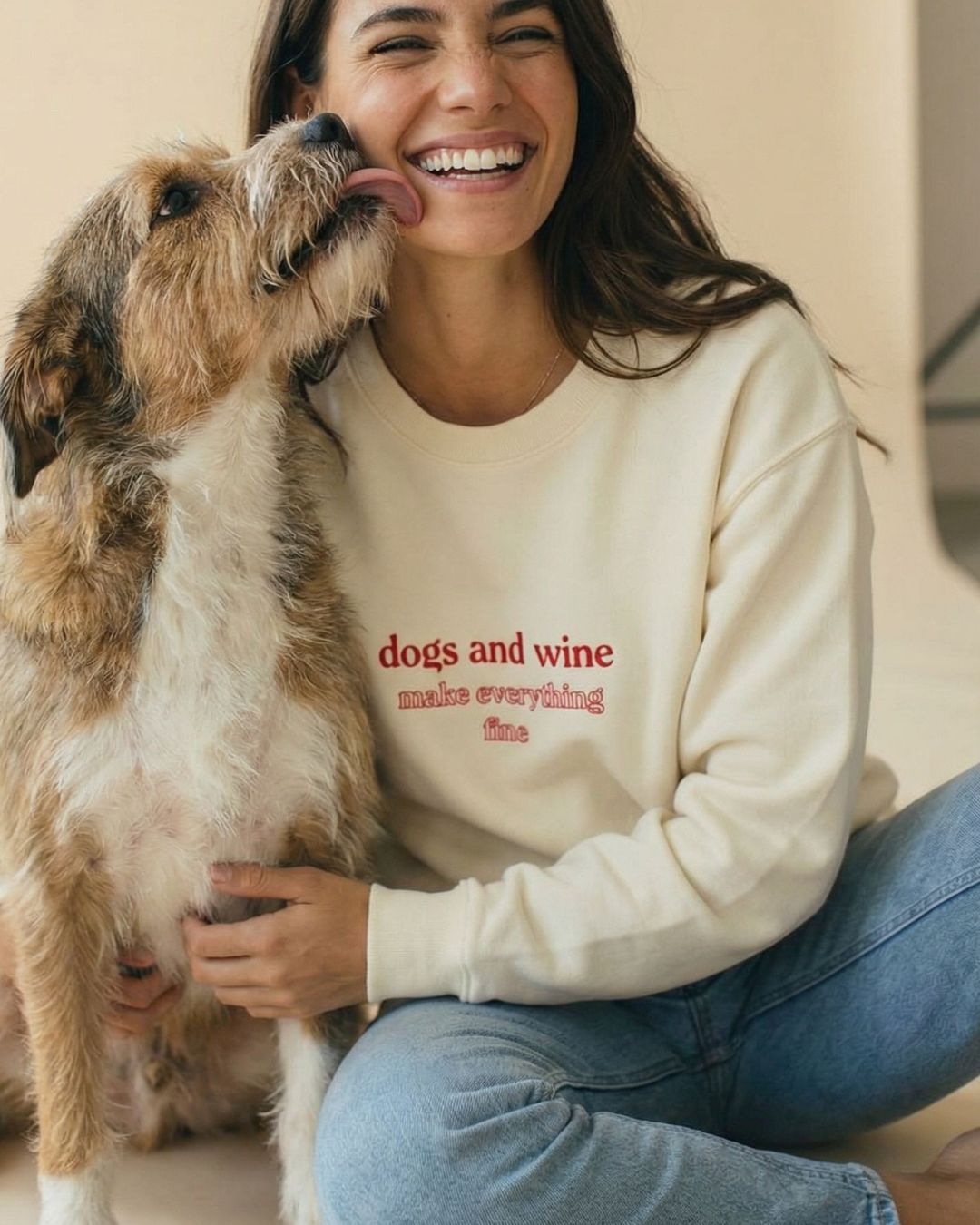
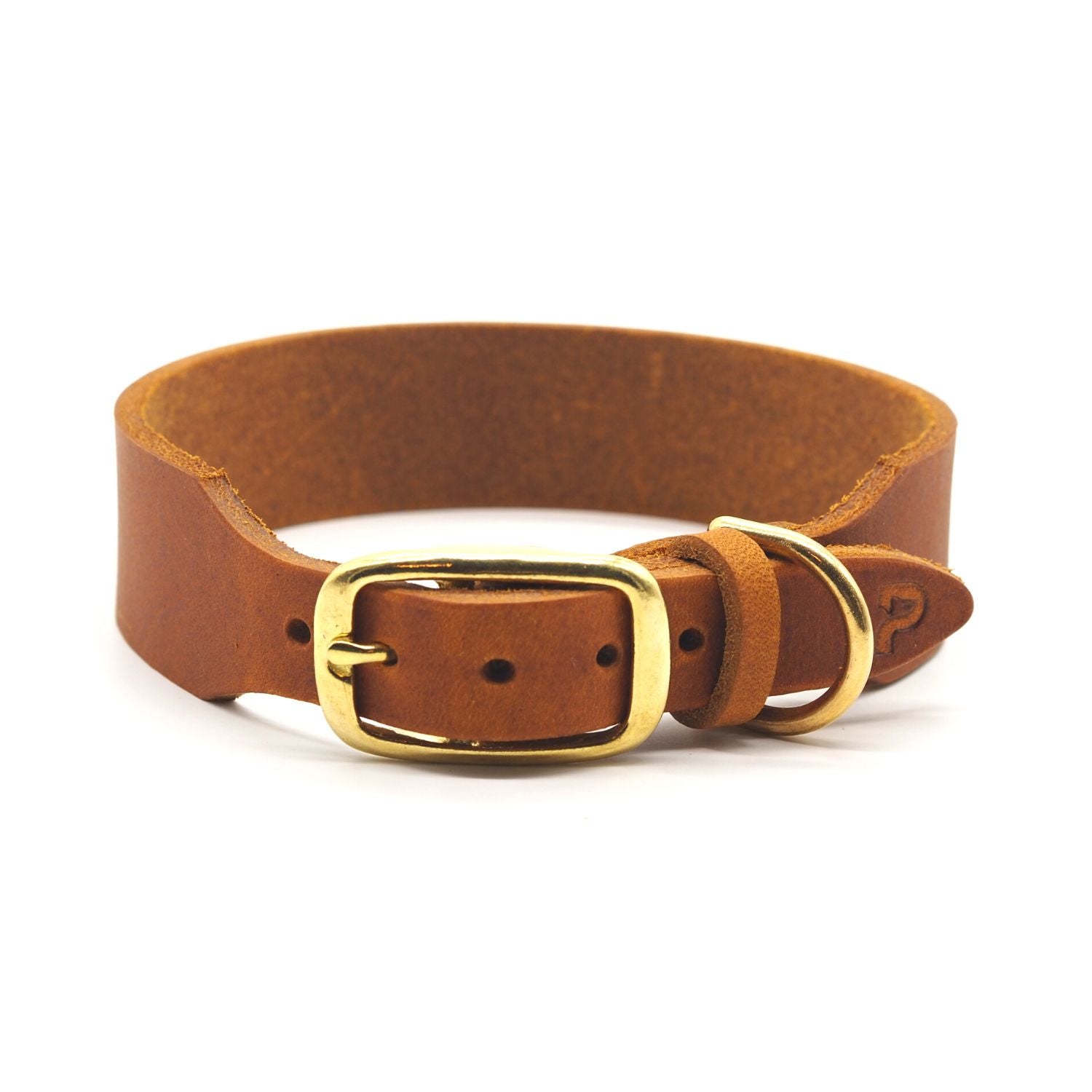
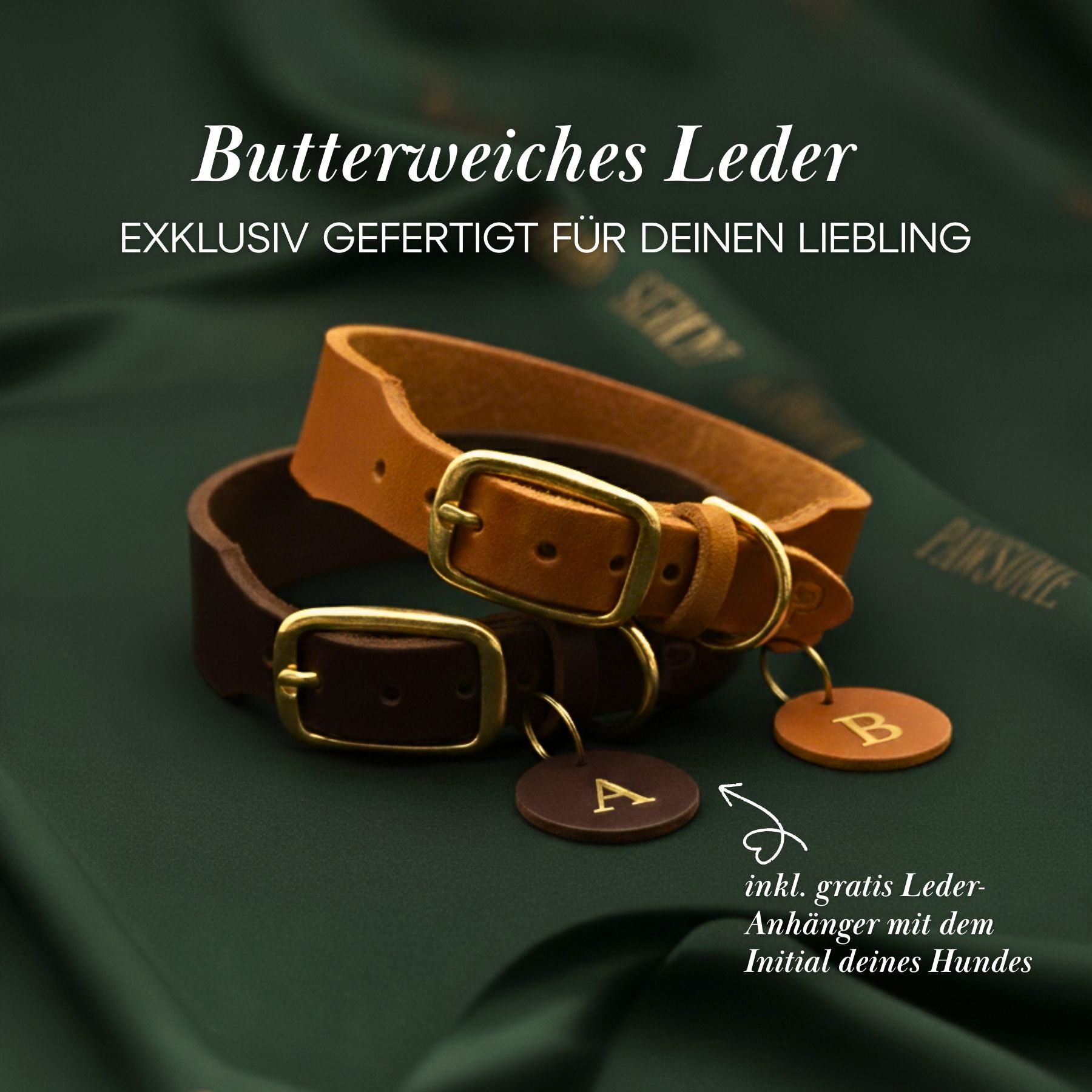

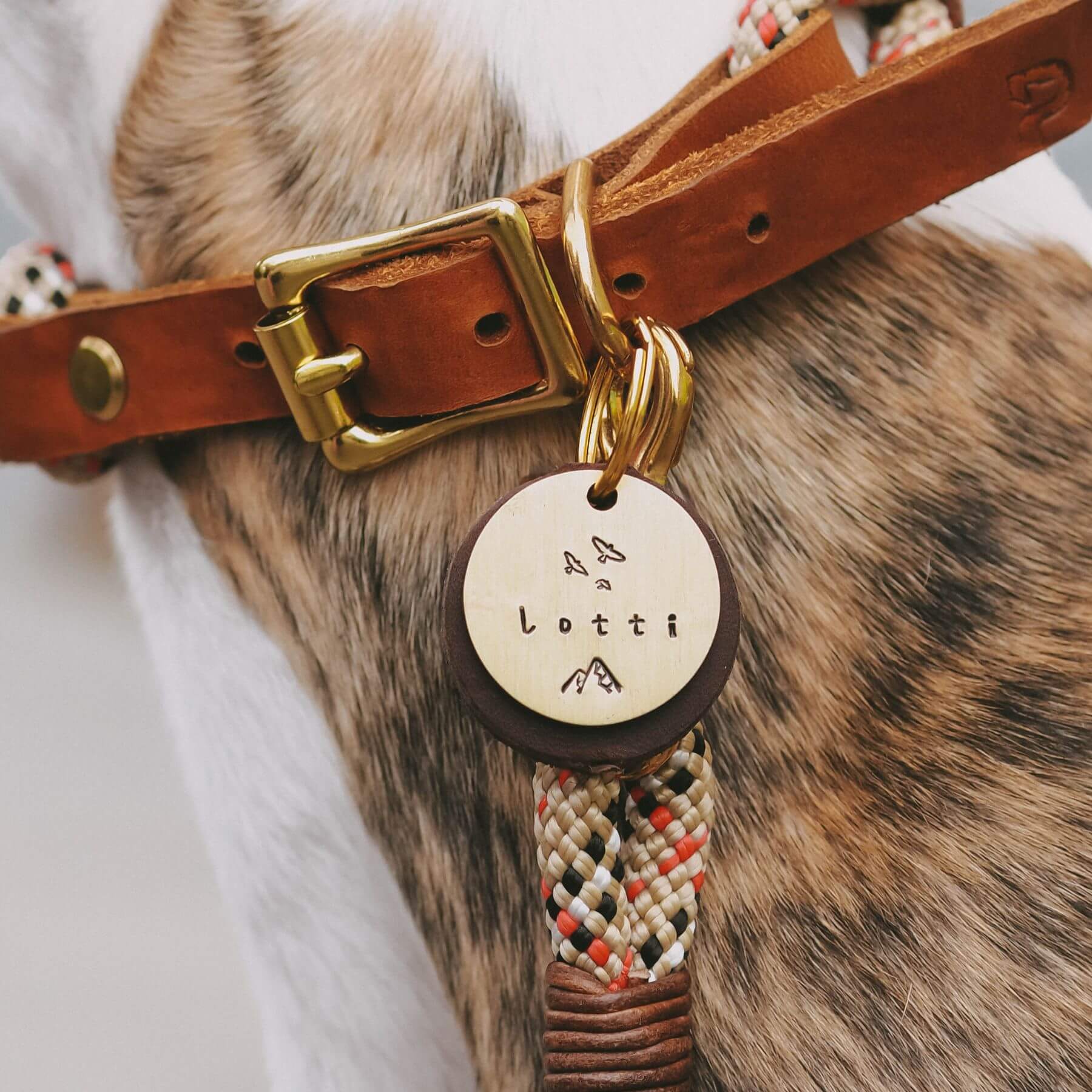




Leave a comment
All comments are moderated before being published.
This site is protected by hCaptcha and the hCaptcha Privacy Policy and Terms of Service apply.